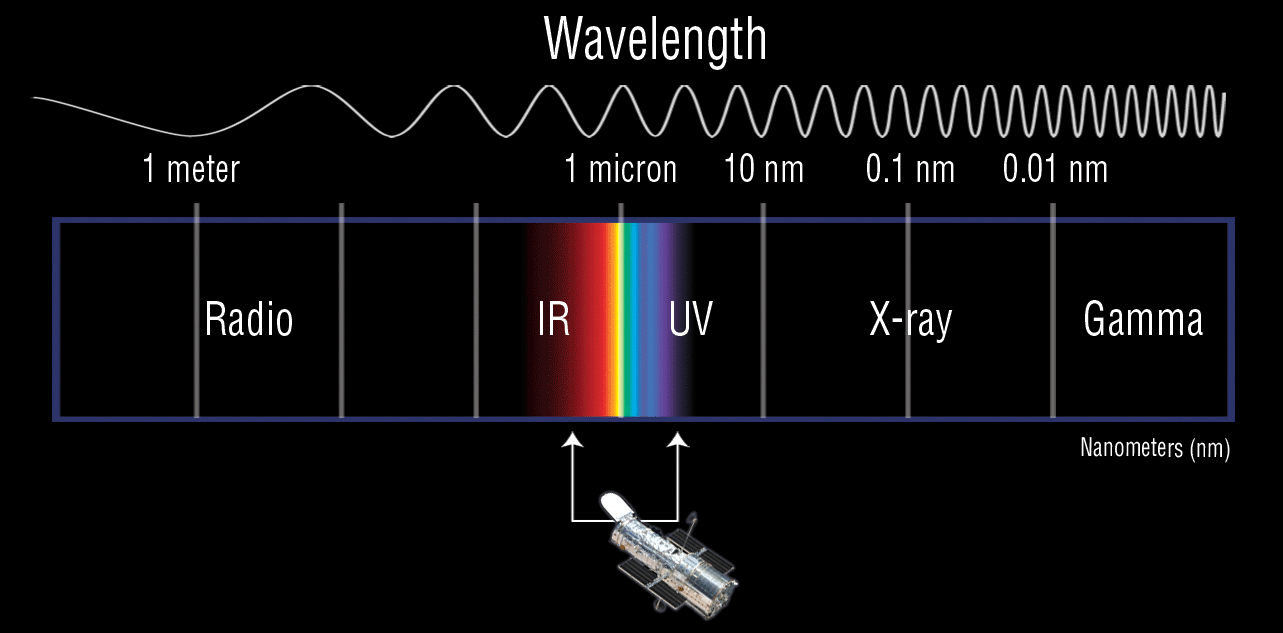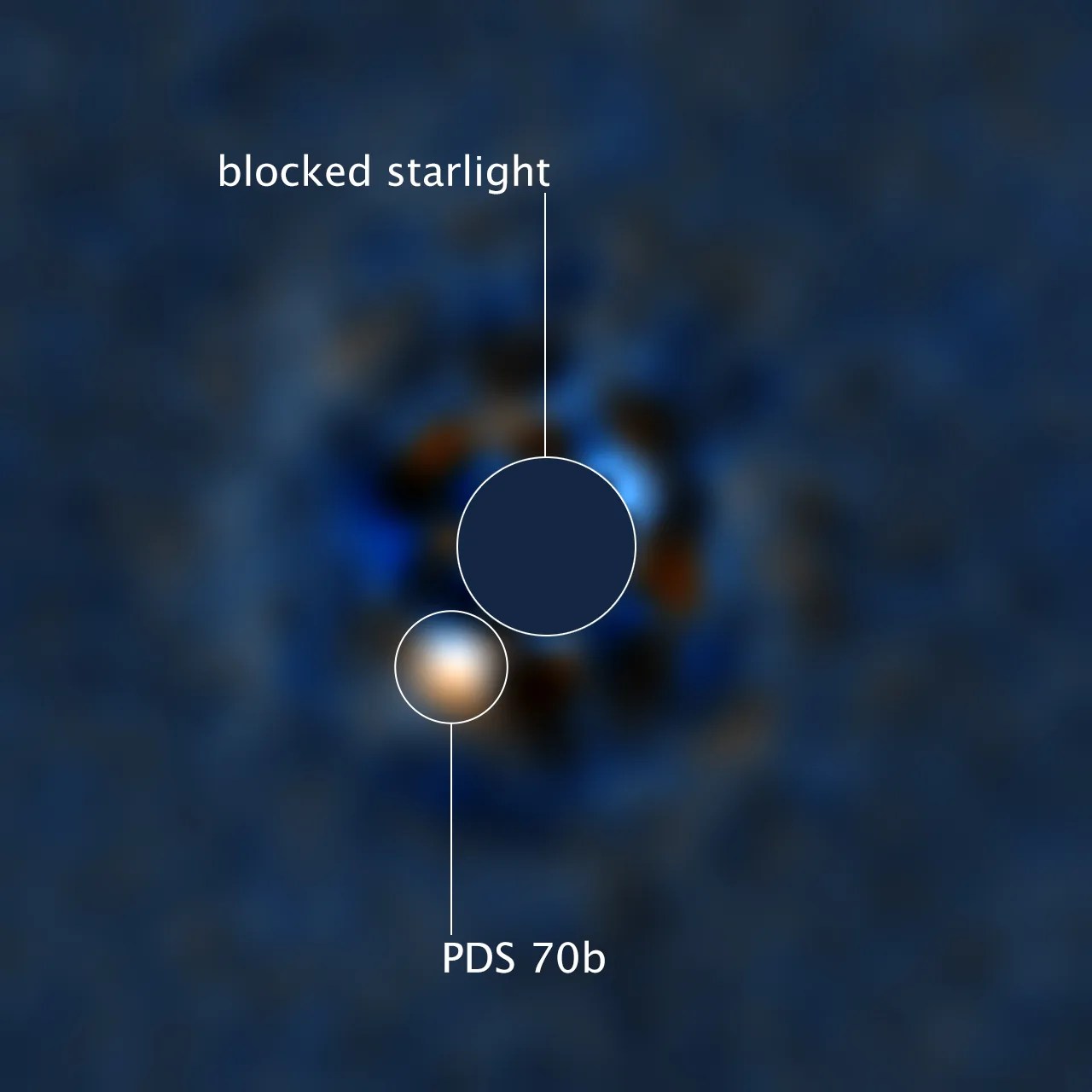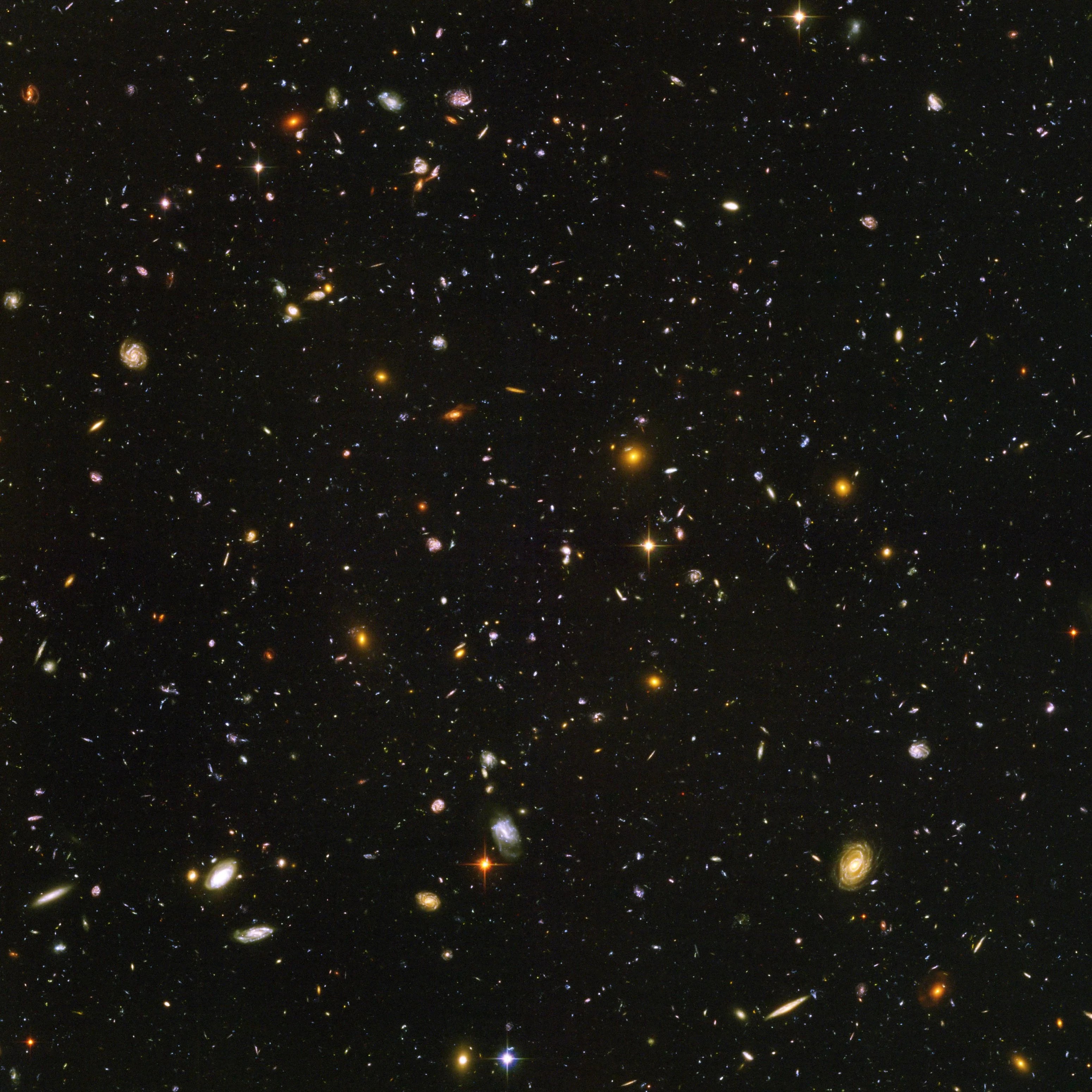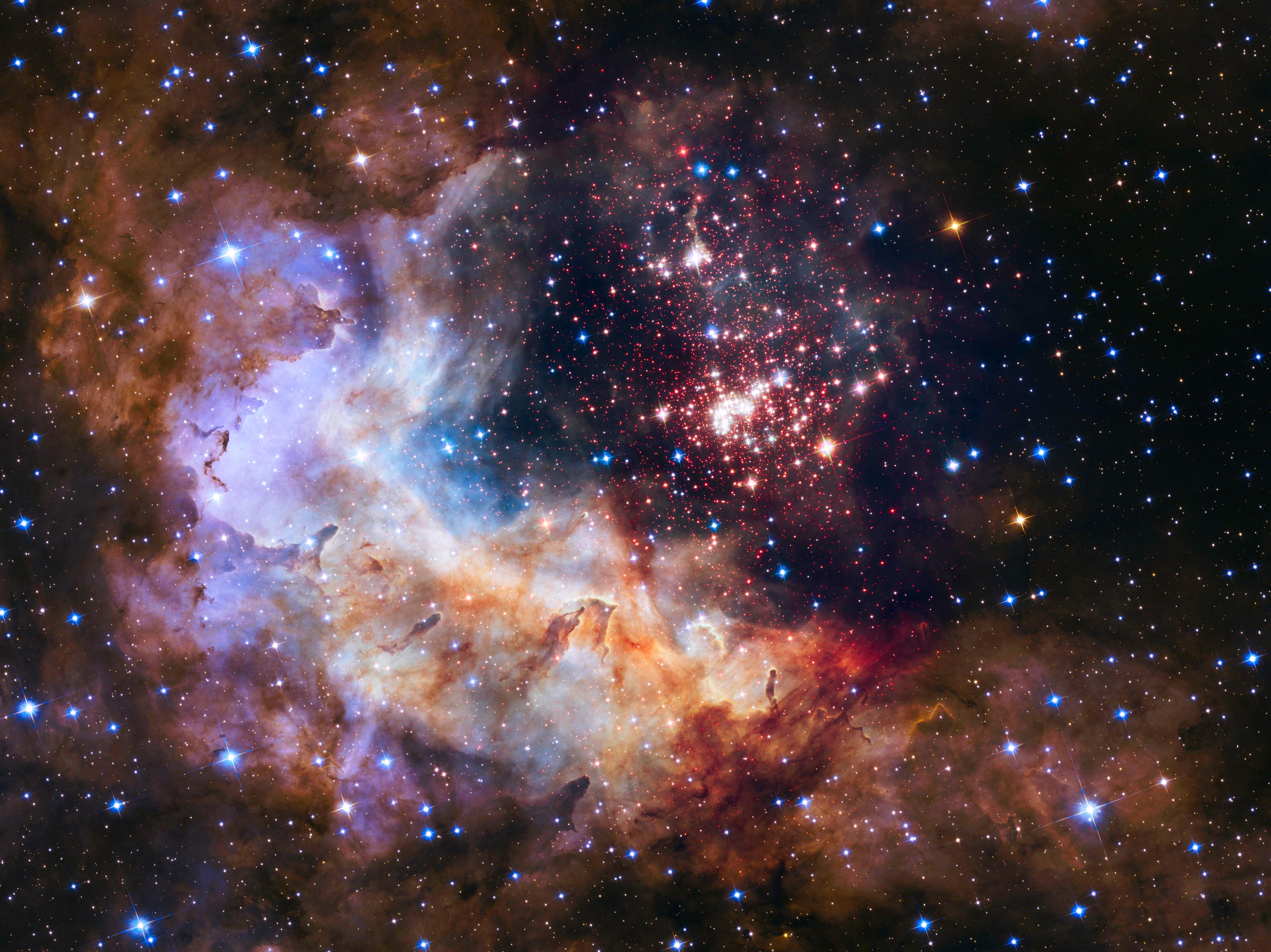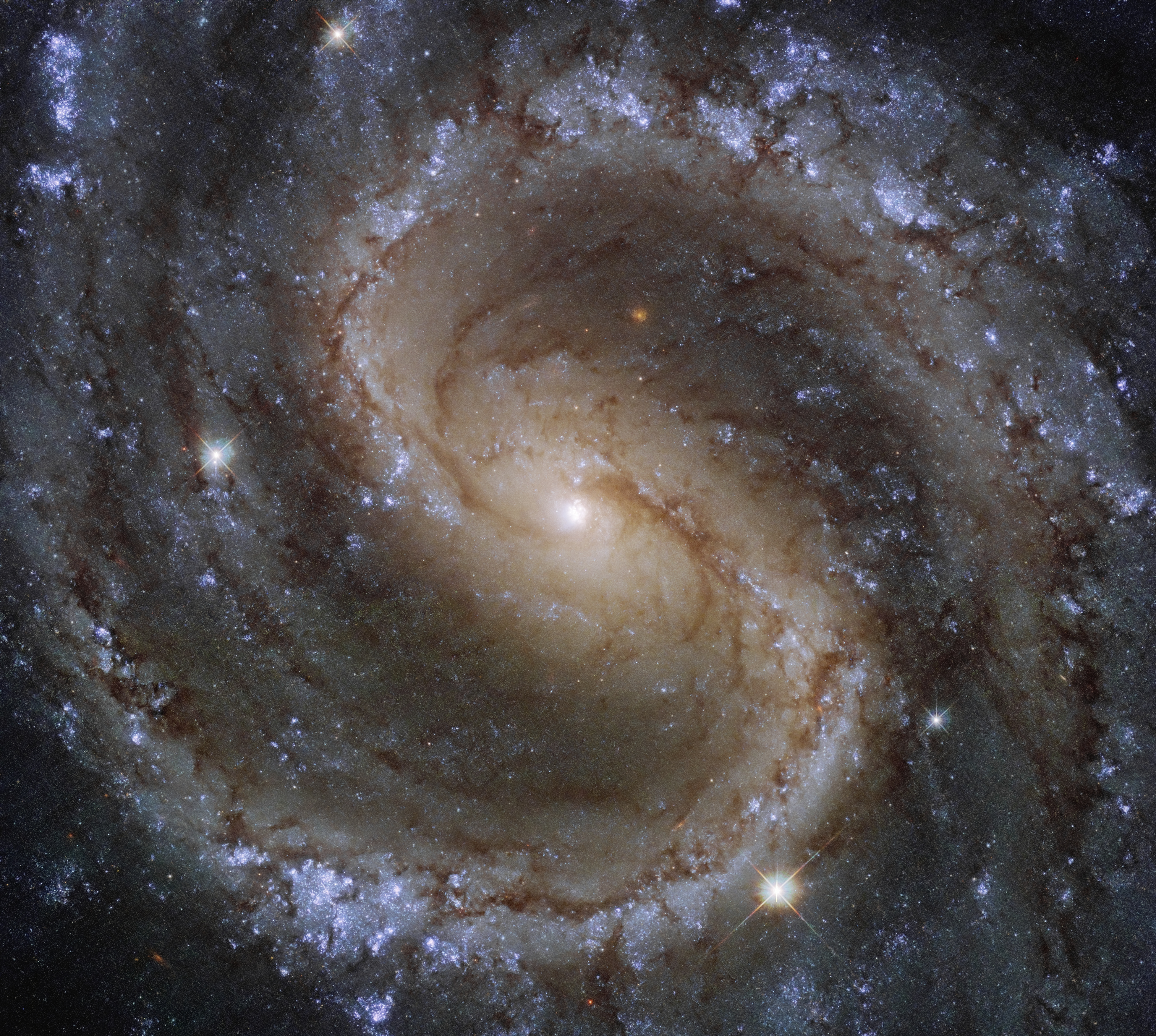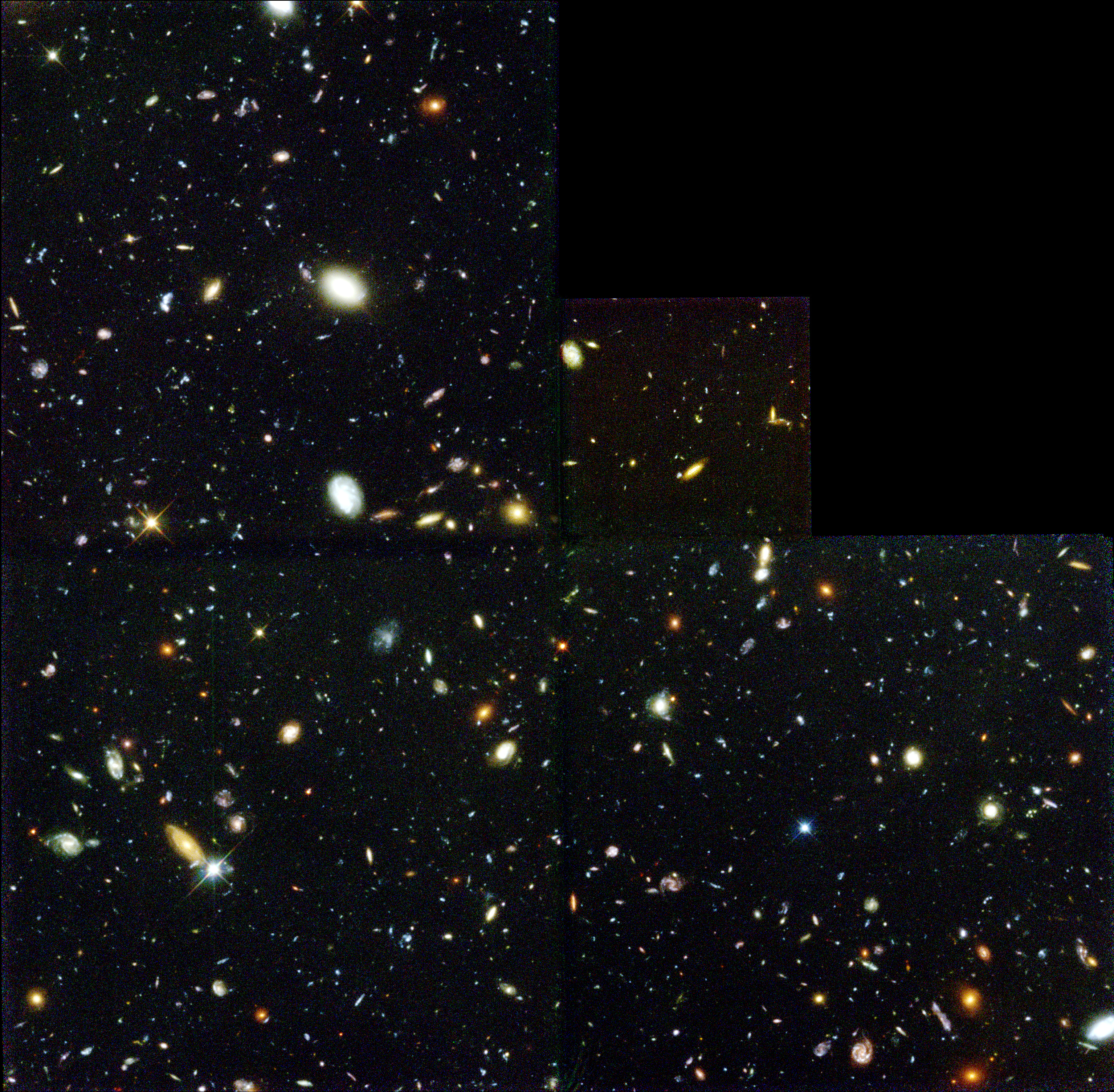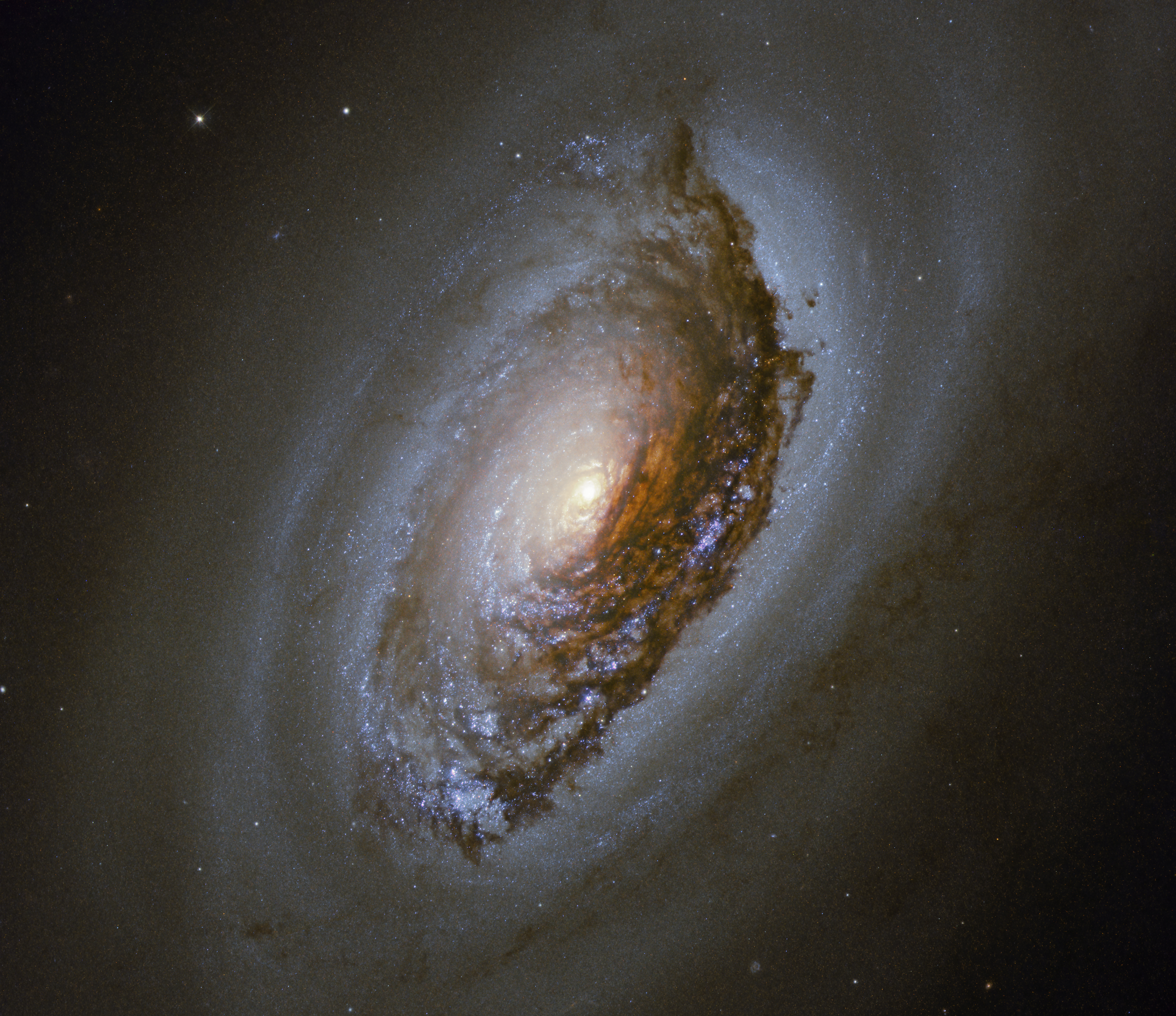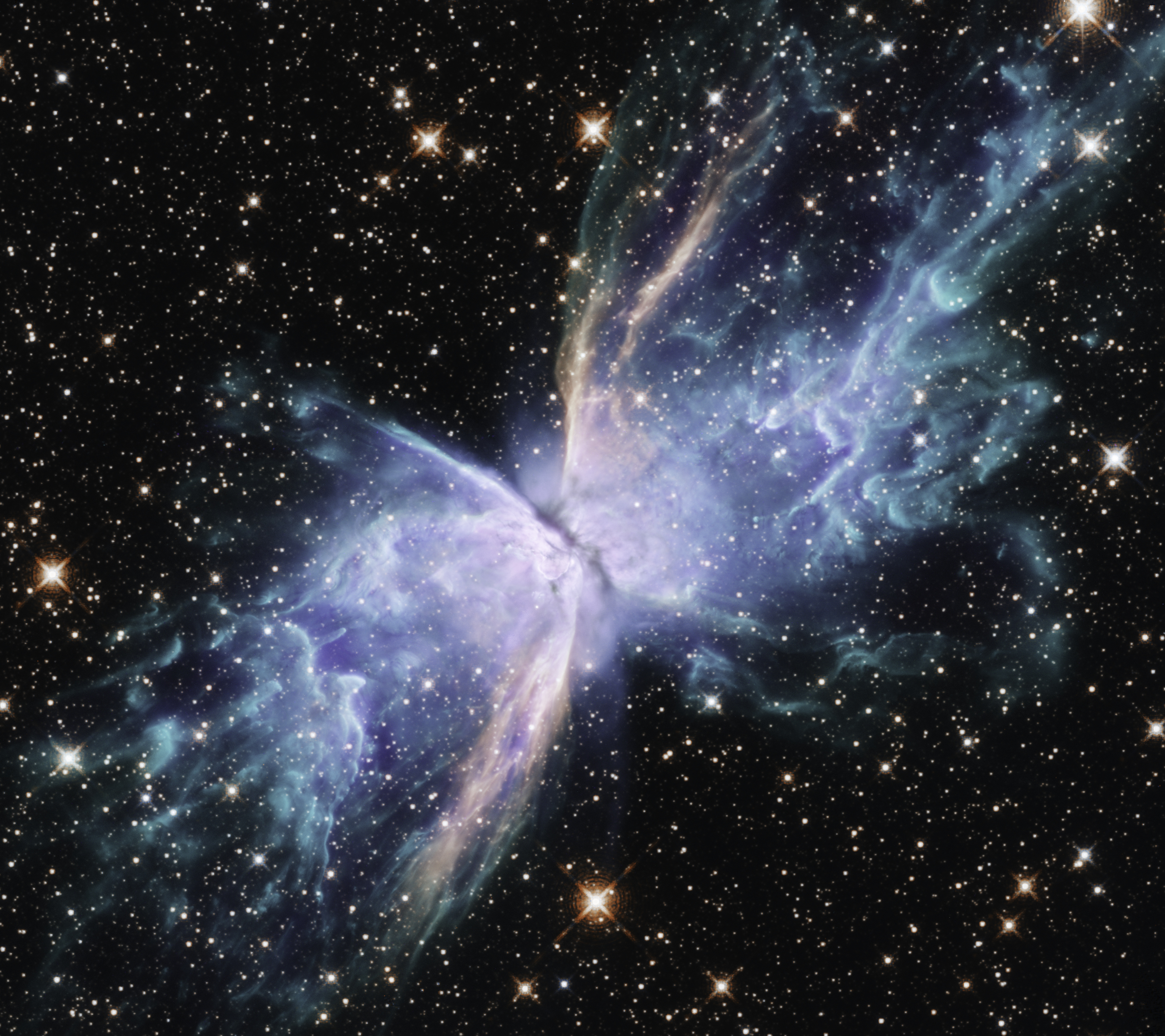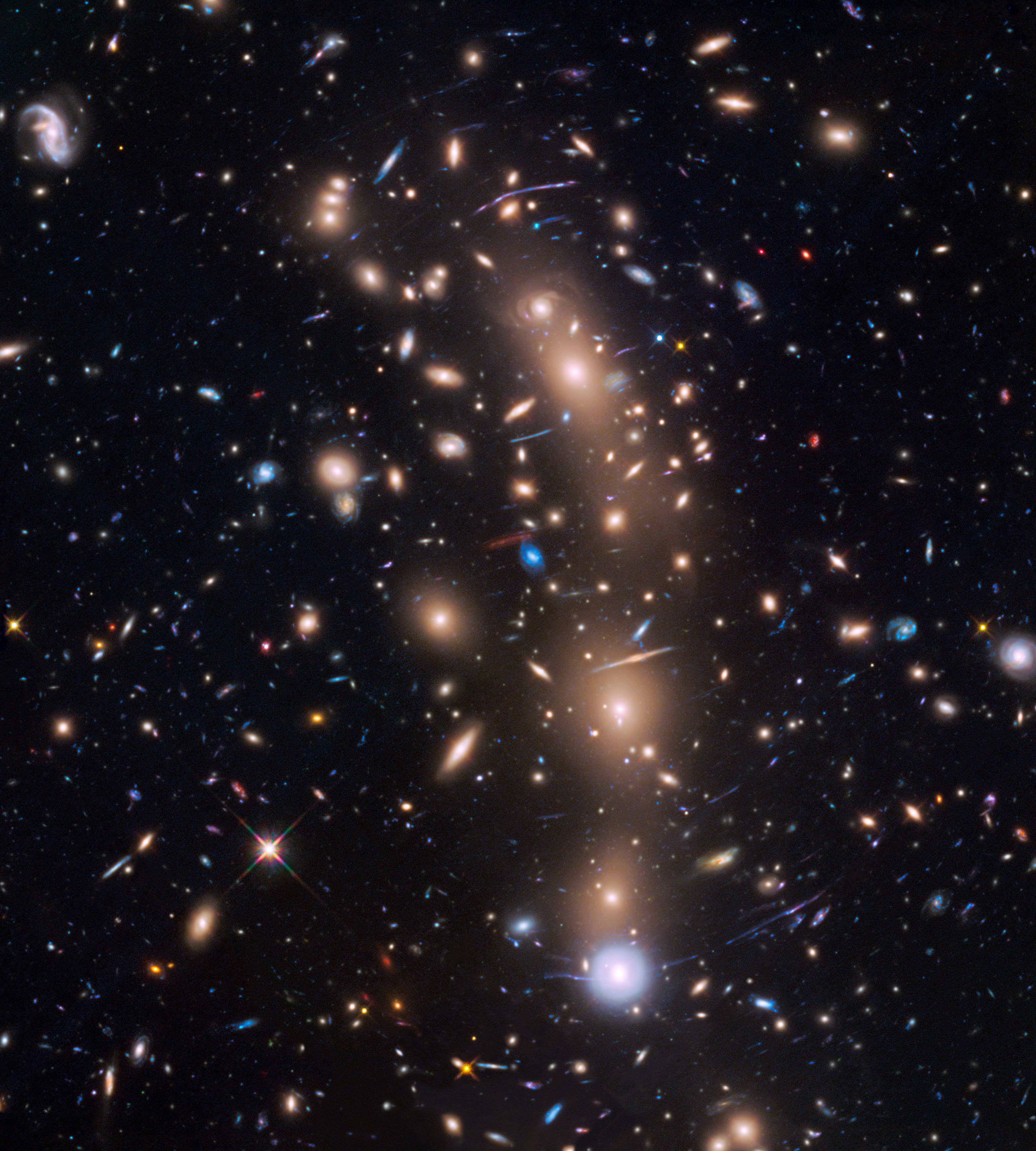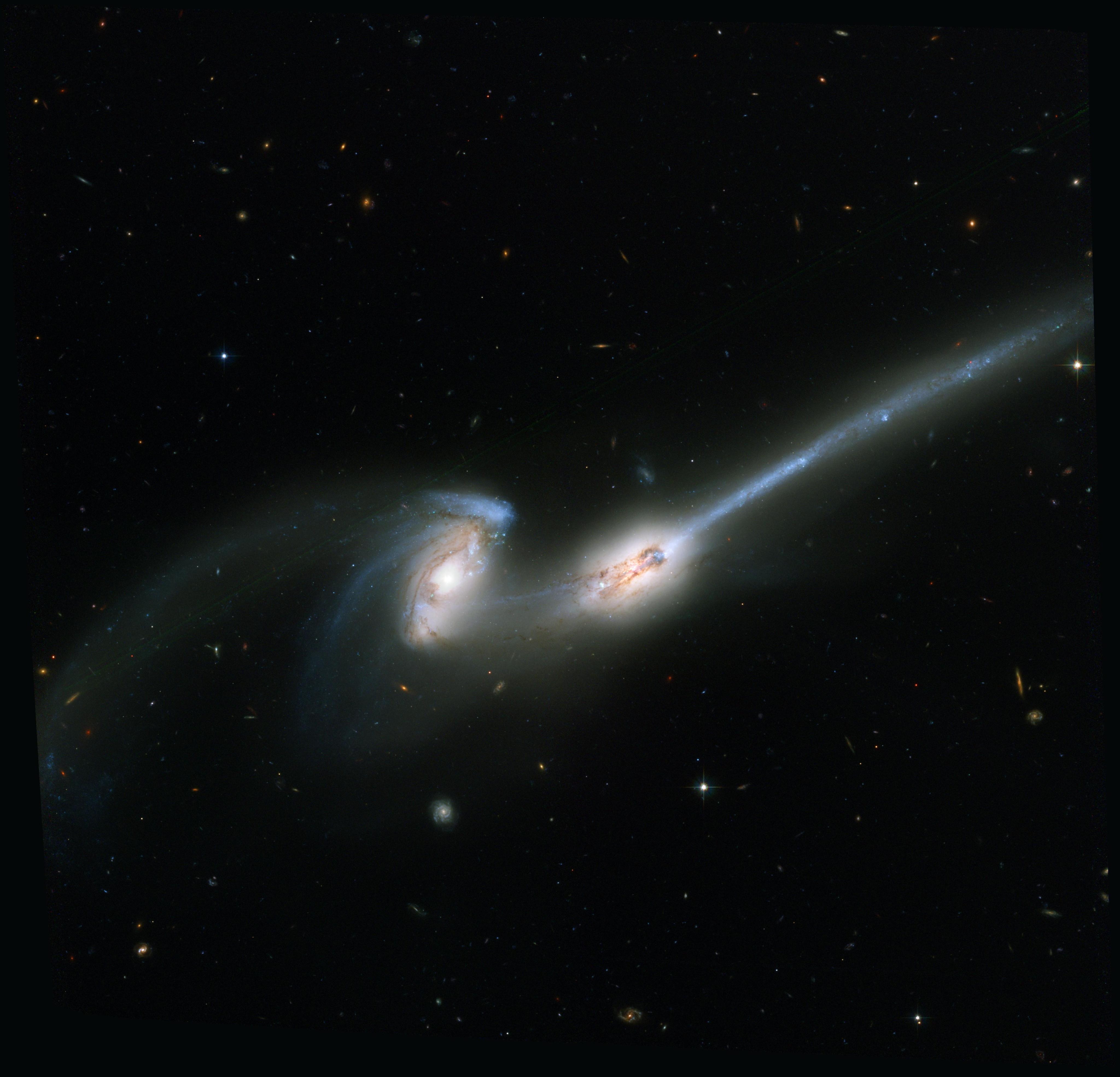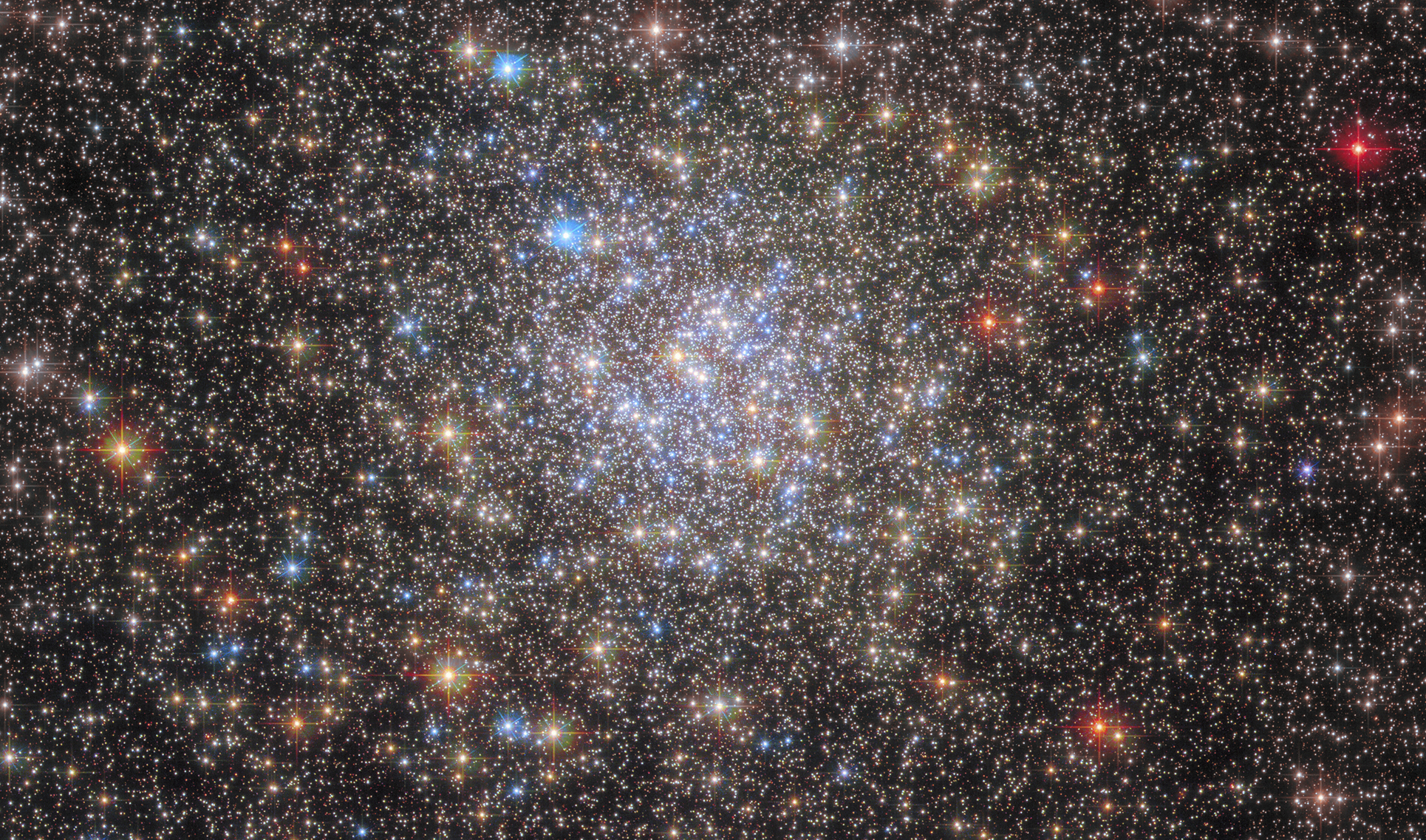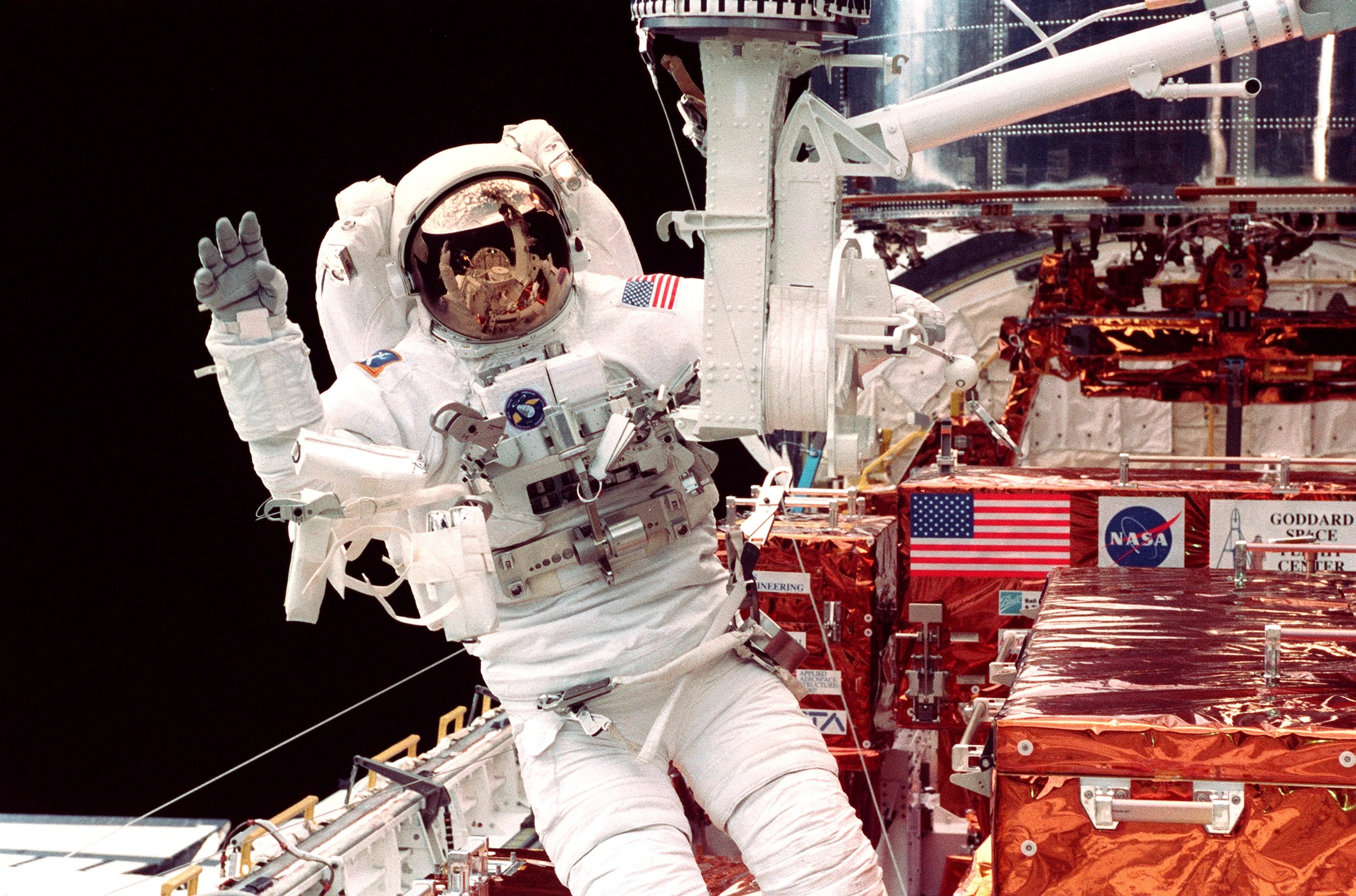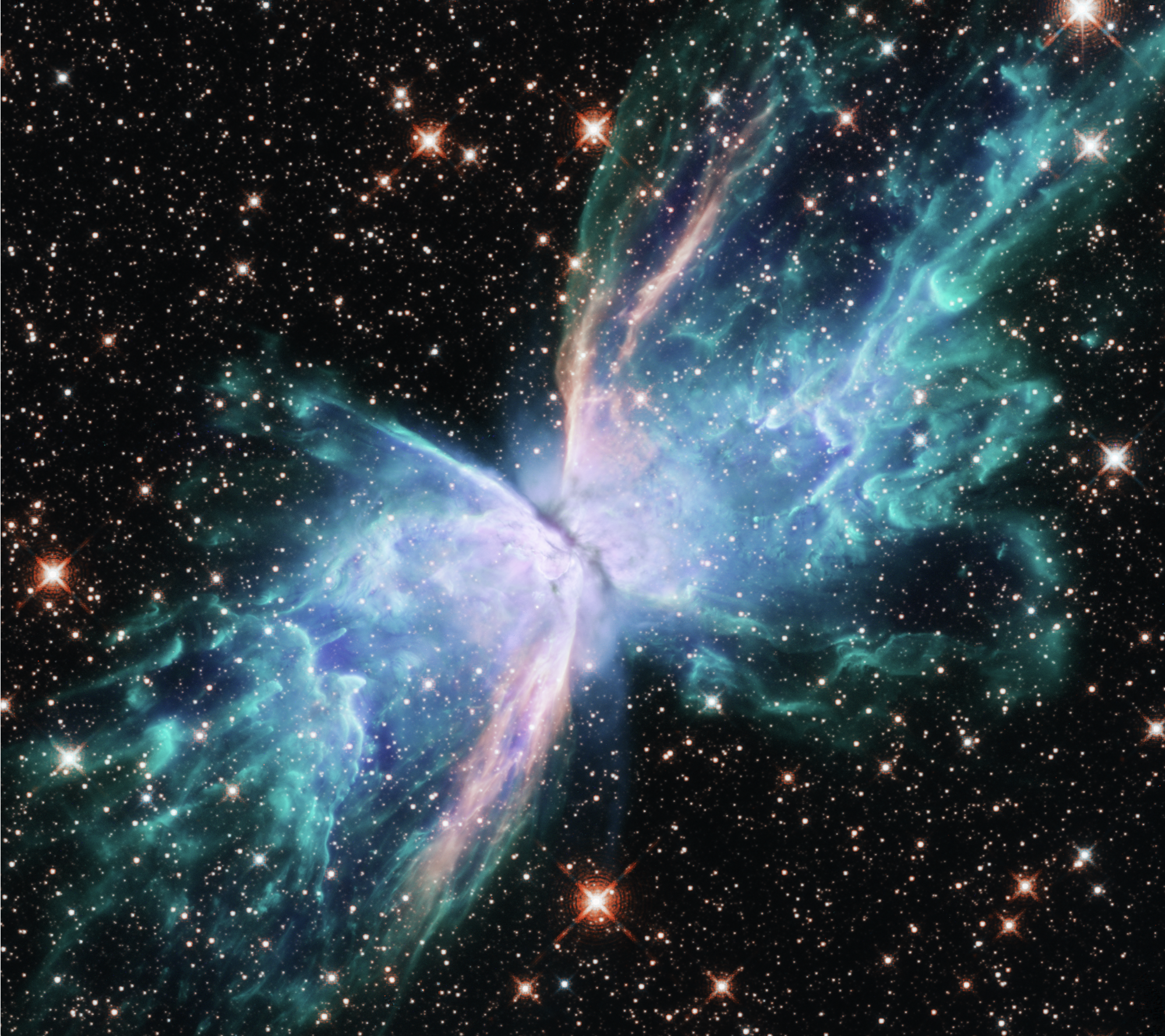Science Behind the Discoveries
Indulge your curiosity and dive into the fundamental science and astronomical concepts that form the foundation of Hubble’s observations.
Quick Facts
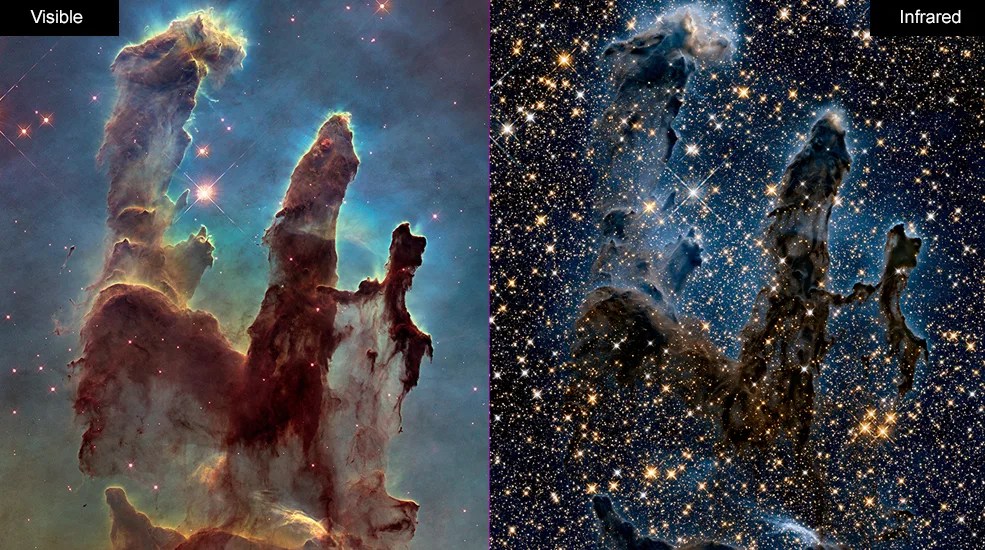
These images of the Eagle Nebula demonstrate Hubble’s ability to capture stunning images in both visible (left) and infrared (right) light.
NASA
Fundamental Science
Creating Hubble Images
Hubble's iconic images are more than pretty pictures. Discover how image processers use Hubble's data to create the gorgeous images we know and love.
Astronomical Concepts
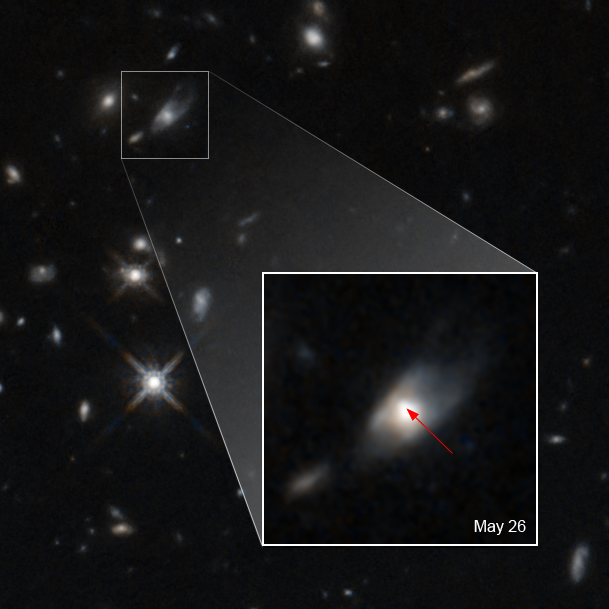
Long ago and far across the universe, an enormous burst of gamma rays unleashed more energy in a half-second than the Sun will produce over its entire 10-billion-year lifetime. NASA’s Hubble Space Telescope set its eyes on the location to study the associated afterglow. Hubble detected near-infrared emission 10 times brighter than predicted.
NASA, ESA, W. Fong (Northwestern University), and T. Laskar (University of Bath, UK)
Hubble’s Universe
121 Images
Keep Exploring

